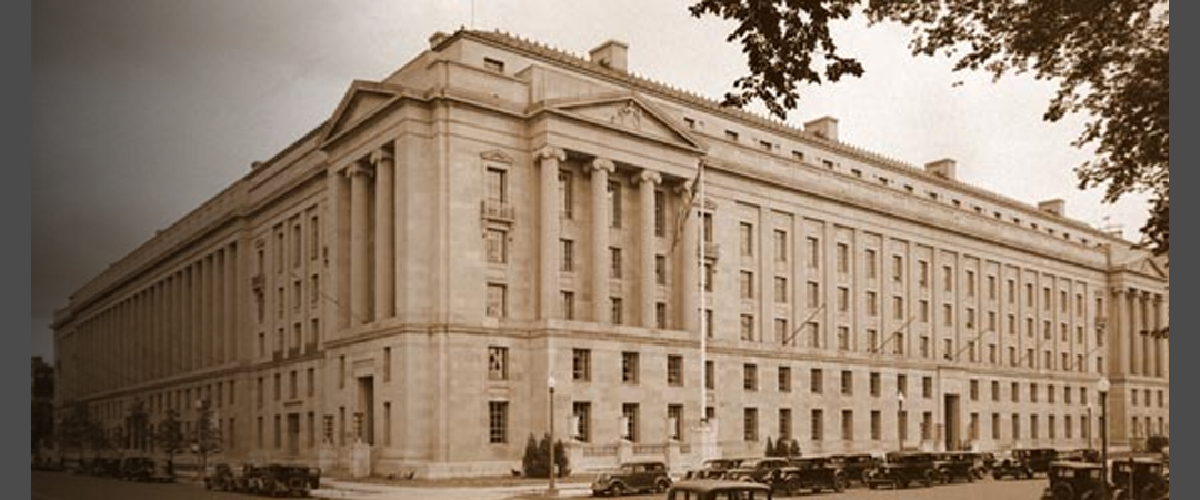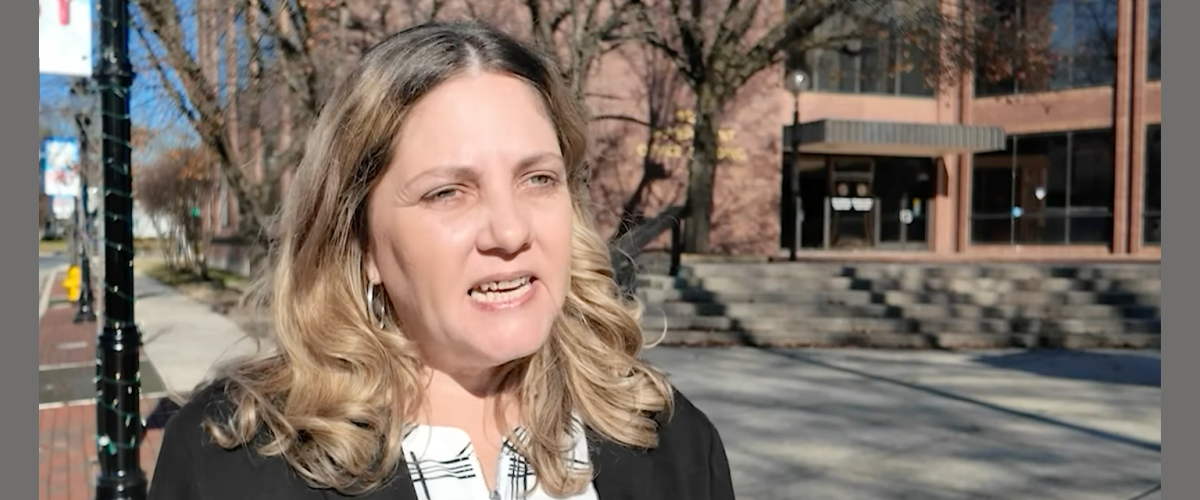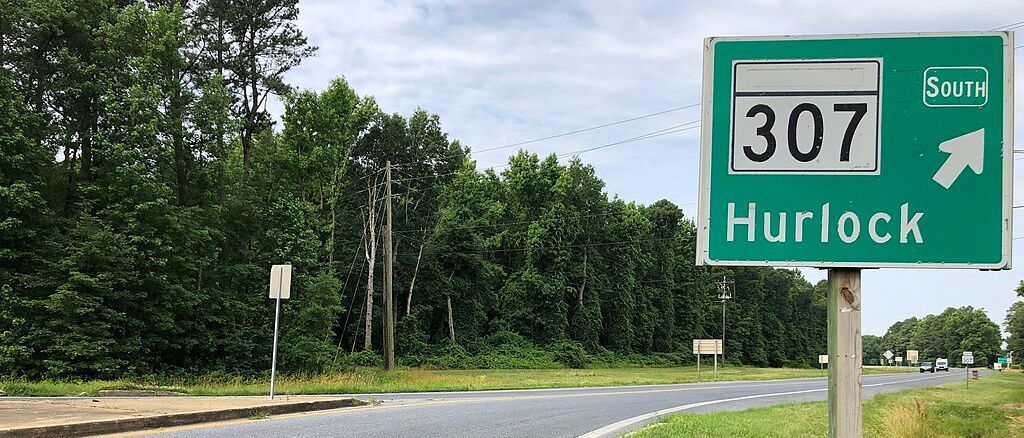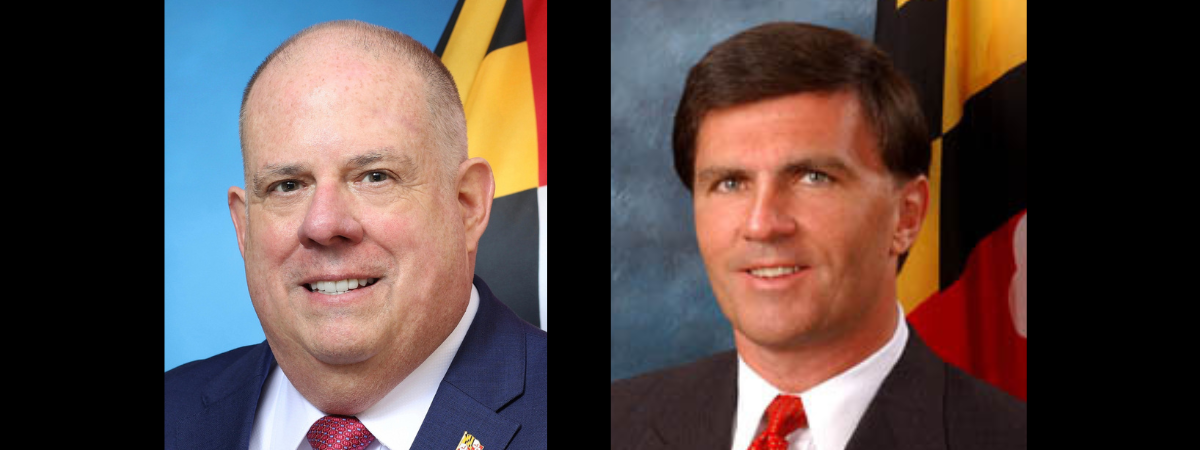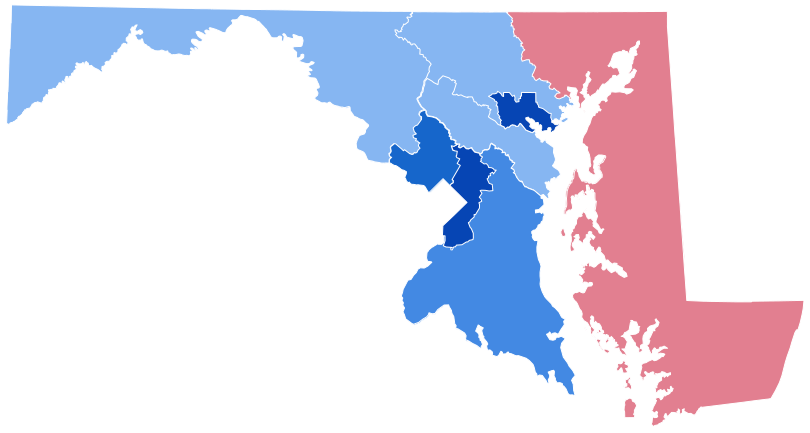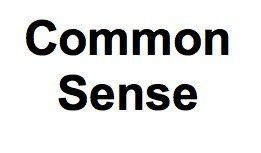Maryland Counties Push Bay Passenger Ferry. Will Funding Follow?

A new Chesapeake Bay passenger ferry service could attract tens of thousands of users in its first year, but it would run in the red while doing so, according to a study backed by a coalition of coastal Maryland counties.
The 114-page study, released Aug. 15, suggests that 50,000 passengers would take rides in its first season, operating over 26 weeks from mid-April to mid-October. That’s based on boats traveling along six proposed routes between the Bay’s Western and Eastern shores.
Under that scenario, the system is expected to generate $2.5 million in revenue during that season, according to study author Cambridge Systematics, a Massachusetts-based transportation consultant. But the expenses would add up to $5 million from paying off the vessels, operating the system, maintenance and other costs.
The proposal’s backers say the study underscores the need to develop a viable transportation alternative for crossing the Maryland portion of the Bay. The Chesapeake Bay Bridge, part of U.S. Routes 50/301, is the lone highway connection between the two shores, spanning the water between Kent Island and Annapolis.

“We are optimistic about the study results and the path forward, which could better connect our Chesapeake Bay destinations and create economic impact across the entire state,” said Kristen Pironis, executive director of Visit Annapolis & Anne Arundel County, one of the counties supporting the effort. The others are Calvert, Queen Anne’s, Somerset and St. Mary’s.
The initial routes under consideration include the following assemblages along 14 stops:
Route 1: Baltimore, Annapolis, Matapeake, St. Michaels, Kent Narrows, and Rock Hall
Route 2: Annapolis, Baltimore, Rock Hall, Kent Narrows, and St. Michaels
Route 3: Annapolis, Chesapeake Beach, Solomons Island, and Crisfield
Route 4: Easton/Cambridge, Oxford, and Chesapeake Beach
Route 5: Solomons Island, St. Mary’s City/Leonardtown, and Crisfield
Route 6: Solomons and Cambridge
The system could expand to 21 stations in the future, according to the proposal.
The report envisions using a fleet of two 149-passenger catamarans and five 49-passenger catamarans, powered by diesel or diesel-electric hybrid engines. The service likely wouldn’t be feasible for commuters, though some may take advantage of it in Baltimore and Annapolis, the authors say in the report. It would be open only to passengers and not their vehicles.
The focus is on recreation and tourism, advocates say. By enhancing water-based transportation, the service would boost economic growth, the report argues. The service would be expected to support 143 jobs and $14.5 million in economic effects.
The average roundtrip fare would be $50, the study put forward.
The study identifies several things that need to happen before the first ferry sets sail. Among them: establishing an entity to oversee the system (likely a public-private partnership, it recommends), generating buy-in among host communities, developing more detailed plans and obtaining funding and environmental permits.
Theirs isn’t the first to investigate a Bay ferry service. As recently as 2020, the Maryland Transportation Authority conducted a lengthy evaluation of launching a car-carrying ferry service as part of its analysis of constructing a third Bay Bridge span.
It estimated that the service would remove 900 vehicles from the existing two spans during peak traffic periods in 2040. The ferry would cost $3.4 billion to operate over 40 years. State officials at the time said the idea was only feasible “in combination with other alternatives” if the process to construct a third span across the Bay were to move forward.
The last ferry operation in Maryland that transported vehicles across the Bay closed in 1952 with the opening of the first Bay Bridge span.
This article was originally published in the Bay Journal, a non-profit news source that provides the public with independent reporting on environmental news and issues in the Chesapeake Bay watershed.
Common Sense for the Eastern Shore
